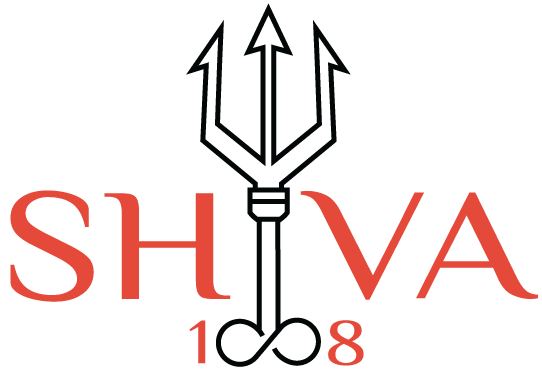Table of Content
Avatar Info
According to religious texts, 19 incarnations of Lord Shiva are considered, one of which is ‘Vrishabha Avatar’ of Lord Shiva. In this incarnation, Lord Shiva took his form to destroy the demons. This incident took place in the role of killing the sons of Vishnu.
In Vrishabha avatar, Lord Shiva displayed his unique powers to destroy demon groups. An important aspect in this was the killing of Vishnu’s sons, who had incarnated for divine support and justice.
Through the Vrishabha incarnation, Lord Shiva demonstrated his infinite power and potency and established justice on earth and ended the tyranny of the demons. In this form, the Taurus incarnation symbolized the unique and most powerful form of Lord Shiva.
Incarnation
After the churning of the ocean, when the nectar pot was born, to protect it from the evil eyes, Shri Hari Vishnu created many Apsaras with his Maya. Seeing these Apsaras, the demon Vishwaroop became fascinated with them and forcibly took them to the underworld. There he made them his friends and sent them back to get the Amrit Kalash. When the demons came to know about this incident, they attacked the gods.
The army of demons was fighting a fierce war with the gods. In this war the demons were more powerful and they were finding it difficult to defeat the gods. In this situation Shri Hari Vishnu requested Lord Shiva for the help of the gods. Lord Shiva supported this and himself entered the battlefield.
A fierce battle began between the gods and demons in front of Shri Hari Vishnu and Lord Shiva. Lord Shiva’s semen caused a lot of trouble to the powerful demons during the war. Lord Shiva demonstrated his unique powers by creating Vibhutis and showed effective ways to defeat the demons.
Under the leadership of Shri Hari Vishnu, the gods defeated the demons in a fierce battle. Lord Shiva also destroyed the demons with his semen.
Place of Avatar
This Vrishabha incarnation of Lord Shiva is identified as a bull. Lord Shiva reached the underworld and killed all the sons of Lord Vishnu. After this, when Lord Vishnu saw the destruction of his dynasty, he attacked this incarnation of Lord Shiva.
Purpose
In Shiva Purana, there is a description of an incarnation of Lord Shiva, which is called ‘Vrishabha Avatar’. In this incarnation, Lord Shiva is known as a bull and after reaching the underworld, he killed all the sons of Lord Vishnu. In this war, Lord Shiva had to face terrible circumstances to fight with the sons of Lord Vishnu. Due to this incarnation, Lord Vishnu attacked Lord Shiva, leading to an important battle.At this moment, Lord Shiva fought with his unique power and love for God and killed the sons of Lord Vishnu. This incarnation reveals the unique power and heroism of Lord Shiva when he assumed this incarnation to protect his devotees.

